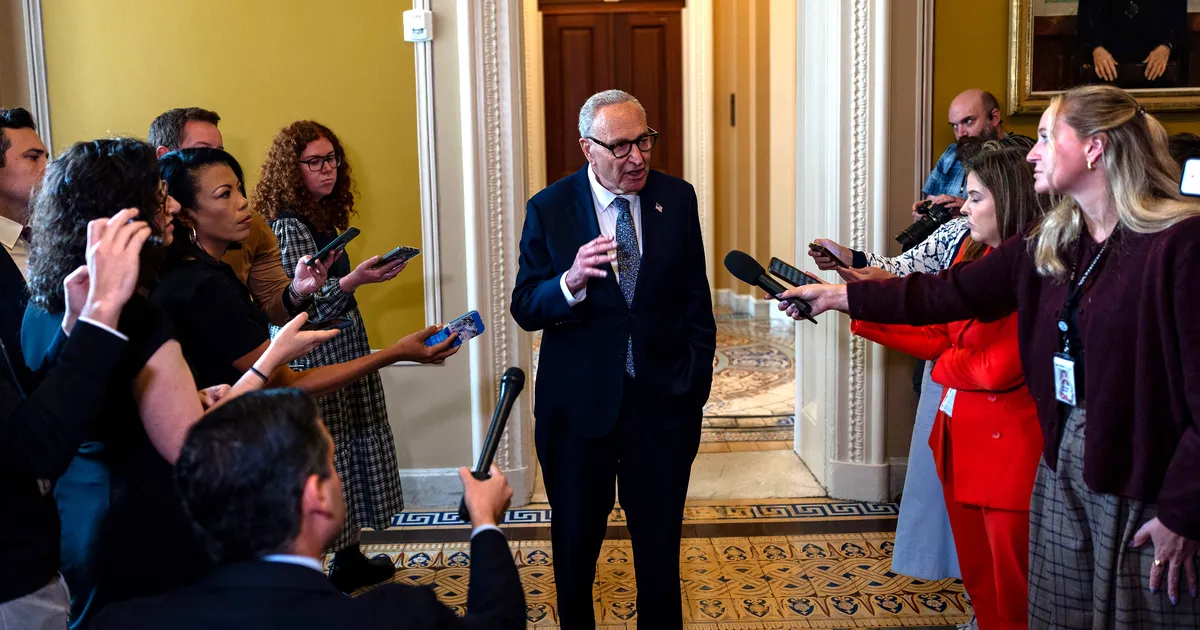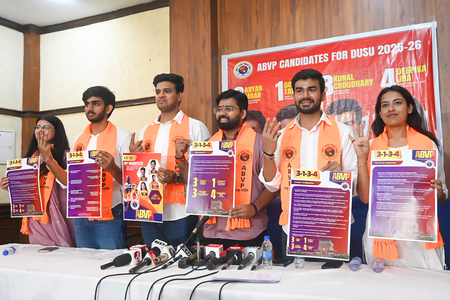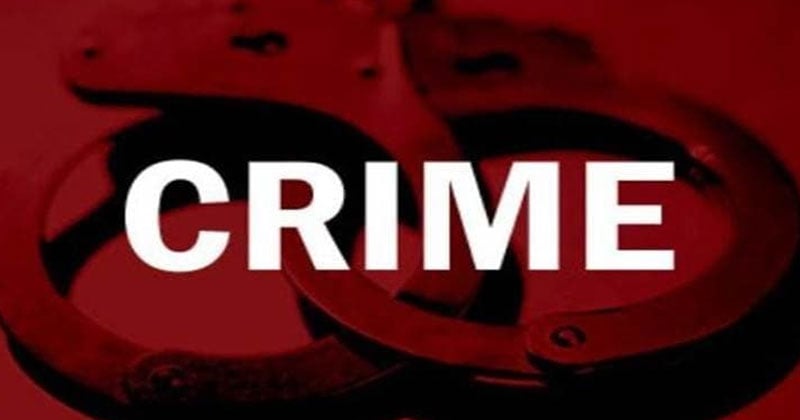
Congressional Democrats are understandably unhappy with what happened last time they faced a government-shutdown crisis. In March, Republicans forced them into a trap where they either had to vote for another GOP-sponsored stopgap-spending measure, which offered Democrats zero concessions, or obstruct it and trigger a shutdown, punishing the government employees who were already being besieged by Elon Musk’s DOGE and other Trump administration attacks. In the House, where Democrats had no power at all, it was an easy choice: They all voted against the GOP measure. But in the Senate, where a filibuster could have very definitely stopped the bill, Democratic leader Chuck Schumer did a lot of saber-rattling but then caved, rounding up enough votes to end the filibuster and ensure the government stayed open.
Democratic activists were infuriated, and House Democrats suggested Senate Democrats were gutless. The whole episode accomplished nothing other than underlining Democratic Party fecklessness, the lack of unified party leadership, and the whip hand held by the bully Donald Trump and his subalterns in Congress.
Now they’re back to a near-identical point as the spending authority approved in March runs out on September 30. Republicans are again offering an extension of current spending levels — this one a short-term measure until November 20 — with zero concessions to the Democrats whose votes are necessary to keep the government open. To their credit, Schumer and House leader Hakeem Jeffries are moving in lockstep this time around, agreeing to a common strategy and message. But even those gestures reflect an atmosphere of mistrust and an underlying fear of once again angering the Democratic “base.”
In recognition of their leverage, Democrats began talking weeks ago about conditions that needed to be met to earn their votes to head off a shutdown. Some wanted the Trump administration to rein in budget director Russell Vought’s highly provocative and probably unconstitutional spending clawbacks; why agree to spending levels if the people running the country felt free to ignore them? Others were interested in getting a grip on Robert F. Kennedy Jr.’s ravaging of U.S. science, medicine, and public-health infrastructure. But the main focus among Democrats was the issue they’ve long considered their strongest heading toward the 2026 midterms: the damage being done to Americans’ access to health insurance. That meant demanding at a minimum the continuation of Obamacare premium subsidies due to expire at the end of the year, which were omitted from Trump’s megabill because of their cost and the hatred of many Republicans of the president’s signature policy accomplishment. This seemed potentially achievable because at least some Republicans feared blowback from a spike in premiums affecting many millions of middle-class Americans as early as November if the subsidies are allowed to die. And other Democrats wanted to demand the cancellation of some of the Medicaid cuts already enacted in the bill — a sure poison pill for the GOP.
Regardless of what they ultimately planned to support or oppose, Republicans in both chambers had reached their own iron consensus to demand a “clean” stopgap bill (or to use the technical jargon, “continuing resolution” or CR) until November, delaying any concessions at all, and at the same time keeping their own fractious members from issuing their own demands for keeping the government open (mostly involving deeper spending cuts). Even as he winged his way to England for meeting with King Charles, the president insisted on a hard line, as Politico reported:
“In times like these, Republicans have to stick TOGETHER to fight back against the Radical Left Democrat demands, and vote “YES!” on both Votes needed to pass a Clean CR this week out of the House of Representatives,” Trump posted on Truth Social Monday afternoon. “Democrats want the Government to shut down. Republicans want the Government to OPEN.”
So Democrats are complaining Republicans won’t negotiate with them over their demands, while Republicans complain that Democrats won’t keep the government open and negotiate over policies later. They are talking past each other in a way that seems to make at least some sort of shutdown very likely.
From the Democratic perspective, the big fear is another display of weakness and disunity. Right on the brink of the confrontation in Congress, there were clear signs of what “the base” wants to happen, as Semafor reports:
A new survey from the progressive firm Data for Progress and research firm Grow Progress, shared first with Semafor, shows seven in 10 Democrats support their party withholding votes unless Republicans make changes even if it risks a shutdown, while a similar share backs their party taking a “firmer stand” than they did in March.
What’s more, Democrats are arguing voters will blame the Republicans who control government for a shutdown, and the poll shows their voters share that view, 82-14. Large majorities of Democrats also think the party should fight President Donald Trump harder — even if they don’t win.
So after emphatically rejecting the “clean CR,” Jeffries and Schumer are preparing to announce a counterproposal that could show whether they’ve already decided a shutdown is inevitable and it’s time for some partisan “messaging.” If, as seems likely, the counterproposal is chock-full of demands Republicans won’t accept in a thousand years, then its purpose will really be to ensure enough distance between the parties to ensure nobody breaks rank and repeats what happened in March. In effect, Democrats are tying their own hands so that none of them can wave a white flag. This will be a fine tonic for the troops around the country, but it’s unclear what it means in terms of the operations of the federal government.



